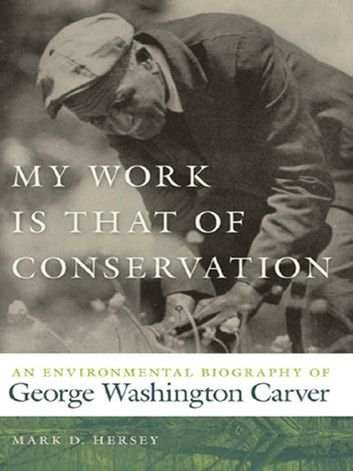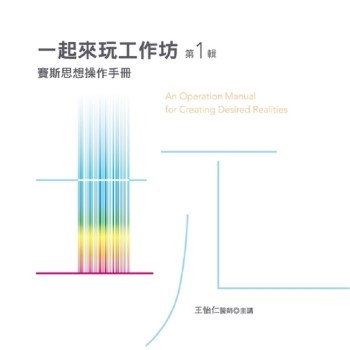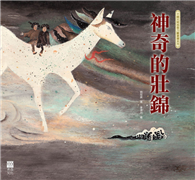| FindBook |
有 1 項符合
My Work Is That of Conservation的圖書 |
 |
My Work Is That of Conservation 作者:Mark D. Hersey 出版社:University of Georgia Press 出版日期:2011-05-01 語言:英文 |
| 圖書館借閱 |
| 國家圖書館 | 全國圖書書目資訊網 | 國立公共資訊圖書館 | 電子書服務平台 | MetaCat 跨館整合查詢 |
| 臺北市立圖書館 | 新北市立圖書館 | 基隆市公共圖書館 | 桃園市立圖書館 | 新竹縣公共圖書館 |
| 苗栗縣立圖書館 | 臺中市立圖書館 | 彰化縣公共圖書館 | 南投縣文化局 | 雲林縣公共圖書館 |
| 嘉義縣圖書館 | 臺南市立圖書館 | 高雄市立圖書館 | 屏東縣公共圖書館 | 宜蘭縣公共圖書館 |
| 花蓮縣文化局 | 臺東縣文化處 |
|
|
George Washington Carver (ca. 1864–1943) is at once one of the most familiar and misunderstood figures in American history. In My Work Is That of Conservation, Mark D. Hersey reveals the life and work of this fascinating man who is widely—and reductively—known as the African American scientist who developed a wide variety of uses for the peanut.
Carver had a truly prolific career dedicated to studying the ways in which people ought to interact with the natural world, yet much of his work has been largely forgotten. Hersey rectifies this by tracing the evolution of Carver’s agricultural and environmental thought starting with his childhood in Missouri and Kansas and his education at the Iowa Agricultural College. Carver’s environmental vision came into focus when he moved to the Tuskegee Institute in Macon County, Alabama, where his sensibilities and training collided with the denuded agrosystems, deep poverty, and institutional racism of the Black Belt. It was there that Carver realized his most profound agricultural thinking, as his efforts to improve the lot of the area’s poorest farmers forced him to adjust his conception of scientific agriculture.
Hersey shows that in the hands of pioneers like Carver, Progressive Era agronomy was actually considerably “greener” than is often thought today. My Work Is That of Conservation uses Carver’s life story to explore aspects of southern environmental history and to place this important scientist within the early conservation movement.
|










